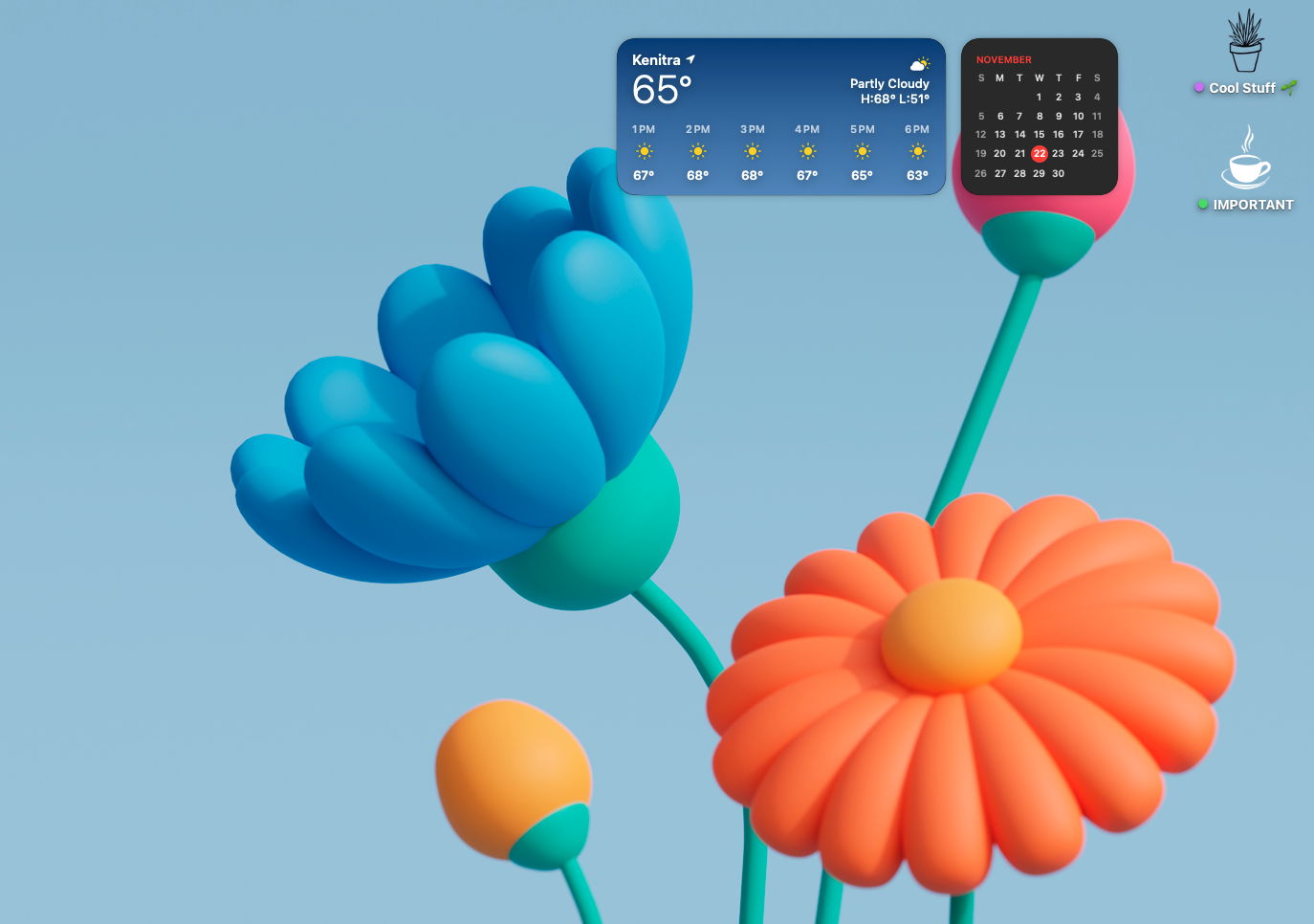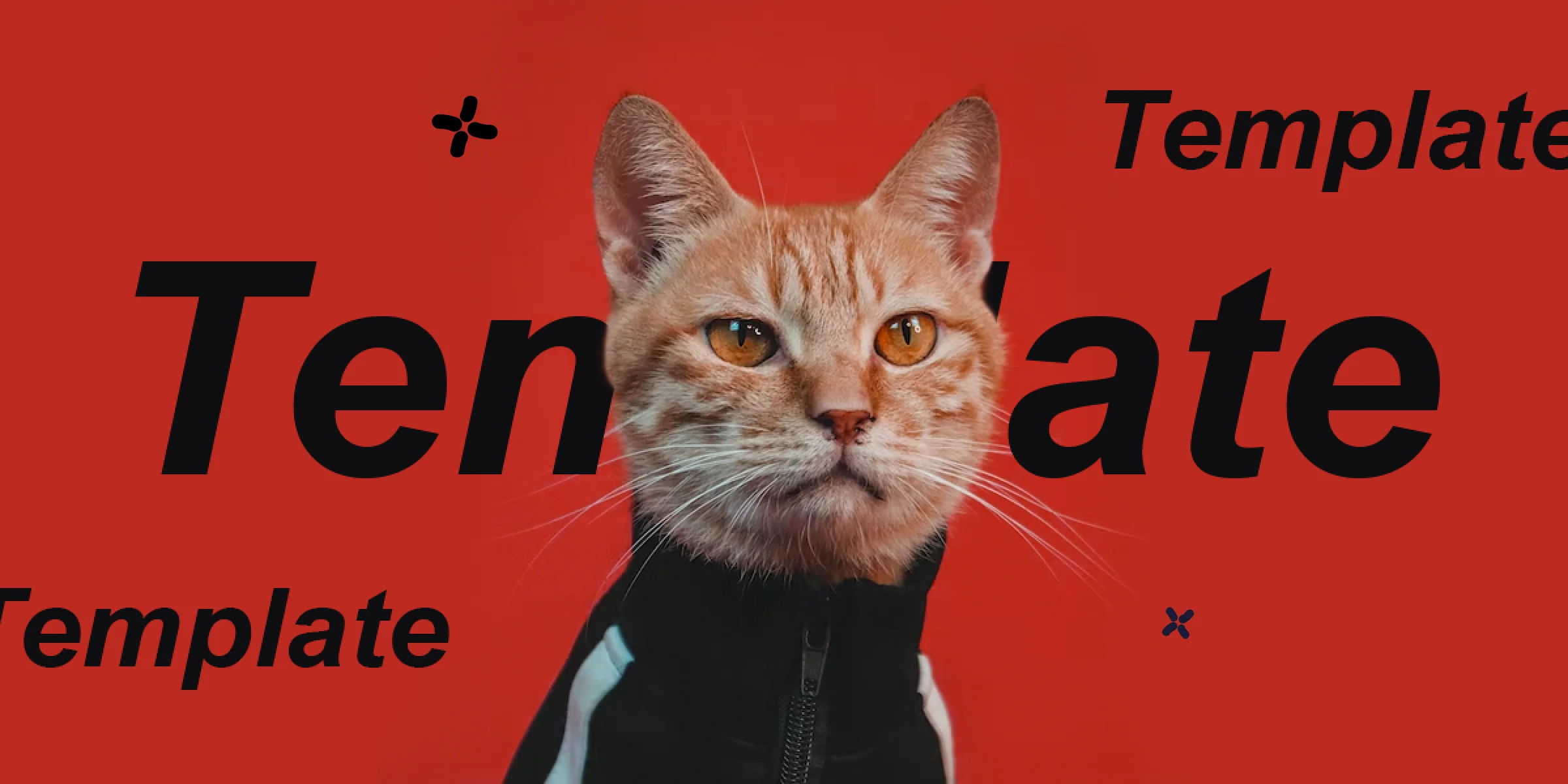
17 time-saving tips for writing press releases
Save time and reduce frustration with these press release tips from the experts
"Writing press releases is my favorite part of the job," said no publicist ever. Let's admit it: writing press releases is not a super pleasant process. While it's still necessary, it's often time-consuming, cumbersome, and riddled with red tape.
So, how can we make this process better, faster, and less stomach-ache-inducing? We asked some professionals to share tips and tricks for saving time while still creating quality press releases.
Strictly speaking, writing a press release should not be that difficult. They're pretty straightforward and are rarely that long (typically less than 500 words, give or take). So what gives? Why is this such a laborious process?
Well, for one, press releases are dense. You have to fit a lot of information into not a lot of space. If you're anything like me, you'd rather write one billion words than try to fit a lot of information into a few dozen characters. Brevity may be the soul of wit, but it's also a pain in the ass.
Another reason press releases are such a chore? Because press releases are important. They can carry massive financial and legal implications and are often widely distributed to Very Important People. A mistake or typo matters a lot more when the President of Botswana is reading it.

Not only that, but typically, the average press release has to get passed around, edited, and approved by many people before it gets sent out. This takes a long time and turns into a long and annoying process.
To save time on your press releases, try any (or all!) of these tips for a more expedient press-releasing process. Some of them will work for you, and some of them won't. Thankfully, we've compiled a range of different tips and heard from a variety of different professionals to get some of the best, most time-saving advice, so some of it's got to stick.
Pain point: You have to recreate the wheel from scratch every time you need a new press release.
Your standard press release does not have a lot of new and exciting formatting. Each agency or business will typically tend to stick to one basic type or format of press release. Having a stock press release checklist will help you avoid having to start from the beginning every single time. This could include:
- A general outline & structure
- A boilerplate
- Contact information
- Headshots
Whatever you use repeatedly, have it ready before you even open up a new document, or save a snippet template of that information in your press release software.
Pain point: You're trying to cobble together a set of tools for collaboration, writing, and editing, and it doesn't quite work.
Finding the right tools that work for you and your team can save you so much time. A solid workflow that supports collaboration is critical. Far too many communications professionals rely on old-school methods like Word documents to write their press releases, and then have to send them back and forth through email. This is a fresh level of hell we wouldn't wish on anyone.
Some good dupes to save time:
➡️ Swap spell-check for Grammarly: Tools like Grammarly are much more comprehensive than traditional or manual spellchecking and will save you a bunch of time (and the existential embarrassment of typoss).
➡️ Microsoft Word for Google Docs: Google Docs has much of the functionality of Word, but A. it's free, and B. it allows for collaborative editing and comments. You'll never have to attach another .doc again. Not sold on GDocs? We can recommend a few other tools you can use to collaborate on press releases without killing someone.
➡️ PDFs for press release tools: Yes, Prezly is a press release tool, and no, this whole article isn't just one long ad you've been tricked into reading. That being said, there are dedicated tools for creating beautiful press releases and newsrooms that journalists love. We have it on good authority that journalists prefer newsrooms where assets and quotes can be downloaded from an online press kit without wasting time on PDF and JPEG back-and-forths. Are we biased? Yes. But we're also right.
– Gianluca Ferruggia, Managing Director at Design Rush
Pain point: Coming up with press release copy from nothing or pushing past roadblocks can be time-consuming.
We have talked at length about how generative AI should absolutely, positively never shortcut the creative process. With all of AI's legal and ethical implications still being worked out, generative AI is not yet ready to replace a human writer.
That's not to say artificial intelligence is entirely useless, however. You can use it for research, to help rephrase things, and to get over a creative block. It's always best to double-check any facts and figures it gives you, however, as it is still not super reliable yet.
Pain point: You're constantly spending a ton of time tracking down and finding quotes among all your digital files.
There's nothing worse than trying to hunt down a quote from a client or executive, only to have to search through Outlook for 45 minutes just to find it. In fact, for many people, too much of the workday is spent making up for a lack of systems and organization. Having a dedicated place to keep all of your quotes and social proof will save you a ton of time.
Your system can be as flexible or as rigid as you need it. Some people will use an Airtable database or Notion page. Others have a big shared document among the team that can be searched for relevant text. Prezly users often keep reusable content like quotes as snippets to embed quickly whenever needed. Whatever your system may be, it will save you a lot more time than digging around in a folder called "IMPORTANT" on your overworked desktop.

Pain point: Assets are all over the place, and you're spending a ton of time re-writing or copying and pasting recurring press release content.
This tip is similar to the previous one because honestly, a lot of this list is "a place for everything and everything in its place". And this is because so much of drafting press releases comes down to chasing down assets, finding images, remembering which sticky note you saved your boilerplate on…
Systems are the best time savers. Have a shared drive where you can keep headshots, visuals, and video content. Create a place for pre-written bios, boilerplates, quotes, and other important, recurring text.
Pain point: Keeping press releases short and to the point is challenging.
One technique that many professionals use is to have a brief written out so you can constantly refer to it. If you start to stray off-topic, refer to the brief and make sure your message aligns. Remember, press releases are short. Nobody has time to be dillydallying.
A more modern, though not foolproof, approach is to use AI. You can head to ChatGPT and ask it to shorten or summarize your wordy press release for you, or check if the tool you already use for collaborative writing has a native AI feature.
Having this brief is helpful when you need to prepare a brief statement because it outlines the main points that you need to cover in your press release, without having to search or spend additional time collecting.
In addition, I always like to have a quote handy from the spokesperson to use within a press release. Quotes add a personal touch that you may not receive in the overall press release.
– Brandi Sims, PR & Founder at Brandinc PR
Pain point: Your press release is awkward, too long, and/or stilted.
What does your reader want? Why would they read your press release? What story does your press release tell?
Read your copy out loud to yourself as if you were reading it directly to the intended audience member, whether that's a journalist, a stakeholder, or a customer. Imagine they are standing right in front of you. Would you say the press release verbatim to the target audience, or does it sound super weird, formal, stuffy, or verbose?
Tweak your press release until it flows, communicates the 5 Ws, and sounds like it was written by humans for other humans.
Another tip not to drag it out too long is to give yourself 3 minutes to say the information you want to put in the press release out loud. Just try explaining it like to a friend. Then, put it on paper, make the language more official, add in some data… there you go.
– Waleria Pagowska, Product Marketing Specialist at Brand24
Pain point: Your press release gets stuck in editing and review limbo.
Your team is undoubtedly made up of brilliant, clever, creative professionals. That doesn't necessarily mean everyone needs to be involved in every press release. Deciding upfront who is writing and who is reviewing will keep the review process from becoming monstrous.
For those of us who write for a living, we know that the review process can often take longer than the writing itself. Nip this in the bud by creating another great strategy (and sticking to it).
Pain point: You spend forever getting started or don't know where to start when creating your press release.
Similar to using AI for PR, press release templates are not peak creative artistry. I know that, you know that. I'm definitely not saying, "Take a press release right off the internet, directly swap out your information, and ship it."
However, if you're in a rush, a template can be a great starting point. It gives you the outline and structure to work from so you're not staring at a blank page (which is statistically one of the top 10 scariest things to stare at).
Usually, I end up rewriting the whole thing on my own, but it is nice to see it sentence for sentence. It's really helpful to see what you are supposed to mention, how the information should be organized and how to format everything.
– Philippa Spencer, Project Manager at Aaron Kennedy Marketing
As Philippa said, you'll be re-writing a lot of the template anyway. so there's no shame in a template game. In fact, to make things easier for you, we've created a handy-dandy press release template just for you, with detailed instructions on how to use it. 👇

Download a template outlining all the essential parts of a press release, and get the lowdown on how to structure your story.
Pain point: Writing, editing, and reviewing your press release with traditional document tools isn't cutting it anymore.
There are PR tools you can use to create dedicated newsrooms for your press releases. They integrate seamlessly with your website and can be tailored to your custom branding. All bios and boilerplates are automatically inserted, and you can create professional press releases and distribute them directly to journalists through email campaigns, complete with image galleries, downloadable assets, social media embeds, videos, and much more.
To avoid any sort of sleazy marketing or bias, we won't mention any by name because that would be tacky.
– Barbara Stern, Editor in Chief at Ottoman Textiles
Pain point: You keep getting a ton of feedback and edit requests right before you're supposed to publish the press release.
There's nothing worse in this life than having your cursor hovering over the "Publish" button, only for your client or some C-suite to stop you and say, "Actually, let's scrap this and completely re-write and redesign this whole thing."
This can be resolved by letting everybody know what's going on and providing the whole team with a press release plan they can comment on long before you ship it.
For example:
Final draft will be submitted to [insert reviewer] on [date] to be reviewed by [date].
[Graphics person] will get visual assets to me by [date].
Final review will be signed off by [person] and completed by [date].
Send it to everyone. Let them know. Shout it from the rooftops. That way, if somebody wants to come in last minute and shred it all up, you can refer back to the briefing and politely let them know that their opportunity for feedback passed weeks ago and making any further changes would negatively impact your mental health right now.
Hopefully, however, it doesn't even get to that point because everything was crystal clear from the gecko (or at least, we can dream).

Tools that take some of the sting out of writing, reviewing, and getting sign-off on your press release.
Pain point: You're wasting a ton of time and space creating a narrative out of every single point.
Bullet points are amazing. Not only are they great for organizing information cleanly and succinctly, but they are also perfect for the average attention span which has been destroyed by the internet.
Make journalists happy by organizing information in a way that's easy for them to scan and refer back to with good use of bullet points.
– Darren Graham, Company Director at 408 Media Group
Pain point: Your press release is bogged down (and bloated) with fancy business words.
We all want to be perceived as very smart and professional. This often means we make things more complicated for ourselves (and our readers) by filling our communication with unnecessarily verbose, loquacious verbiage.
This is bad. And annoying. And time-consuming. Save yourself (and your reader) the trouble of pulling out a huge paper dictionary and just keep things short and simple.
I also make sure to put the most interesting stuff right at the beginning. Everyone’s attention span is decreasing day by day so I don't expect my readers to hang around waiting for the good part.
– Tim Hopfinger Lee, Founder at Tim’s Coffee
Pain point: You waste a bunch of time having to recreate your contact list every time you send a press release.
Very few people entered the communications field because of their burning passion for managing media contact list databases. It's time-consuming and often feels like herding cats (why won't cats and journalists just stay put?!). That being said, there's no point in even writing a press release if you're not going to send it to the proper people. And those proper people? Well, they live on your CRM.
Save yourself time by allocating at least an hour or so per week to keeping your media list clean and updated.

An in-depth guide to setting up and managing your PR contacts
Pain point: Your press release draft process is constantly hampered by waiting for assets, quotes, multimedia, etc.
You know the feeling: you're trying to write your press release but you're still waiting on specs from the client, graphics from creative, quotes from C-suites, and a TikTok link from Kayleigh, the social media intern. Once you get everything, you have to rewrite up a bunch of the copy because there were inconsistencies in the vision. It's a whole thing.
To save time, request everything you'll need as early as possible and only start writing once you have all of your supplemental assets in hand. As my grandpa used to say, "measure twice, cut once." This phrase applies if you don't think about it too much.
– Katelynn's grandpa
Pain point: You're stuck in an endless editing loop because you keep making typos, and your supervisor is starting to wonder if you're literate or just guessing.
Proofreading is probably the worst part of any written copy. After laboring over your press release for what feels like an eternity, who wants to go over it all again?!
Alas, Hemingway said, "Write drunk, edit sober," and not, "Write drunk, edit never." And who are we to argue with Hemingway?

We quite liked this tip from Nicole:
1. Proofread first for context/content. Does the story flow?
2. Proofread a second time for grammar and spelling
3. Then turn the page upside down and look at it a final time. This will ensure you aren’t missing any structural or spacing issues. You’re not reading when the page is upside down, so you will see things you might not normally see.
And yes… always print something out to proof it.
– Nicole Harris, Marketing Consultant, Wireside Communications
Pain point: You dread even writing a press release because the jargon and format make you go cross-eyed with annoyance when you'd rather be hanging out with your cats.
As I mentioned at the top, press release writing is not always fun. Necessary? Maybe. A job requirement? Probably. But not fun. Thankfully, you have some fantastic resources around you who are financially and ethically obligated to help you: your coworkers.
As a result, they might be able to point out something that you missed, and this collaborative effort can help take your copy to the next level.
It's also possible you're overthinking things, and what you've got in your hands is already a good press release; you've just been working on it for too long to see it.
– Nea Niinivaara, PR & Marketing Executive at OggaDoon
Now that you've wasted a little bit of time reading this article on press release tips, you're ready to save a whole bunch of time on your press release workflow. Did we miss a good tip? Do you want to be included on the list alongside your groundbreaking insights? Send us your favorite speedy tips for writing a press release on X!
Katelynn Sortino
![[browser]Like the native AI assistant built in to Notion [browser]Like the native AI assistant built in to Notion](https://cdn.uc.assets.prezly.com/39dcbcdf-b3d8-4985-bba6-b5e923241936/-/format/auto/image.png)
![[browser]Anyway… [browser]Anyway…](https://cdn.uc.assets.prezly.com/dc9ad4d2-3052-481d-b54e-3f6ab24a7f05/-/format/auto/image.png)


